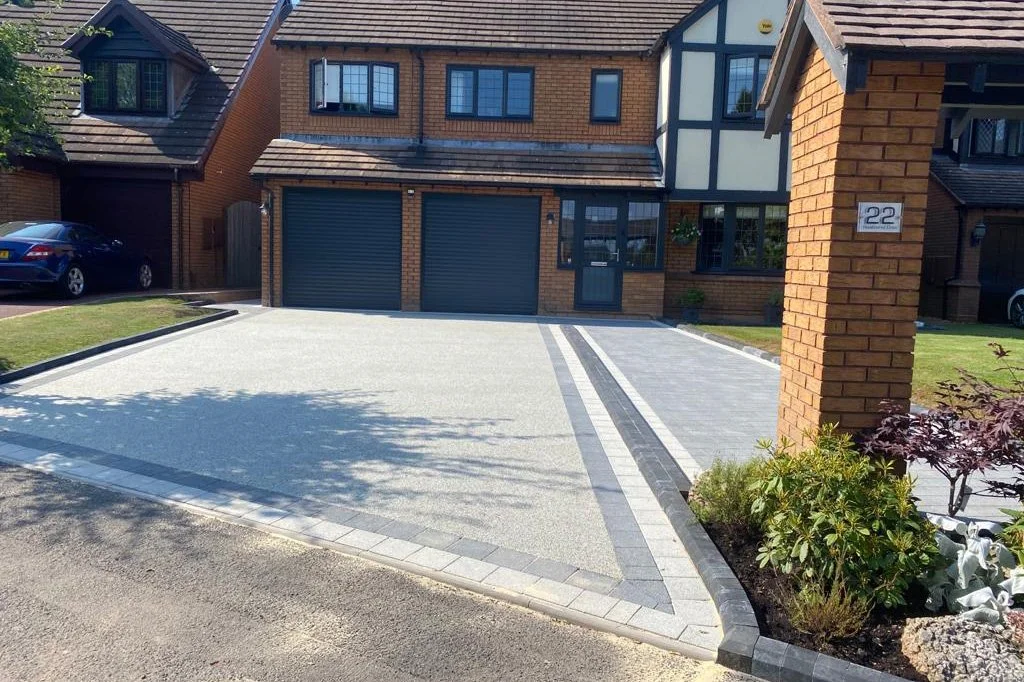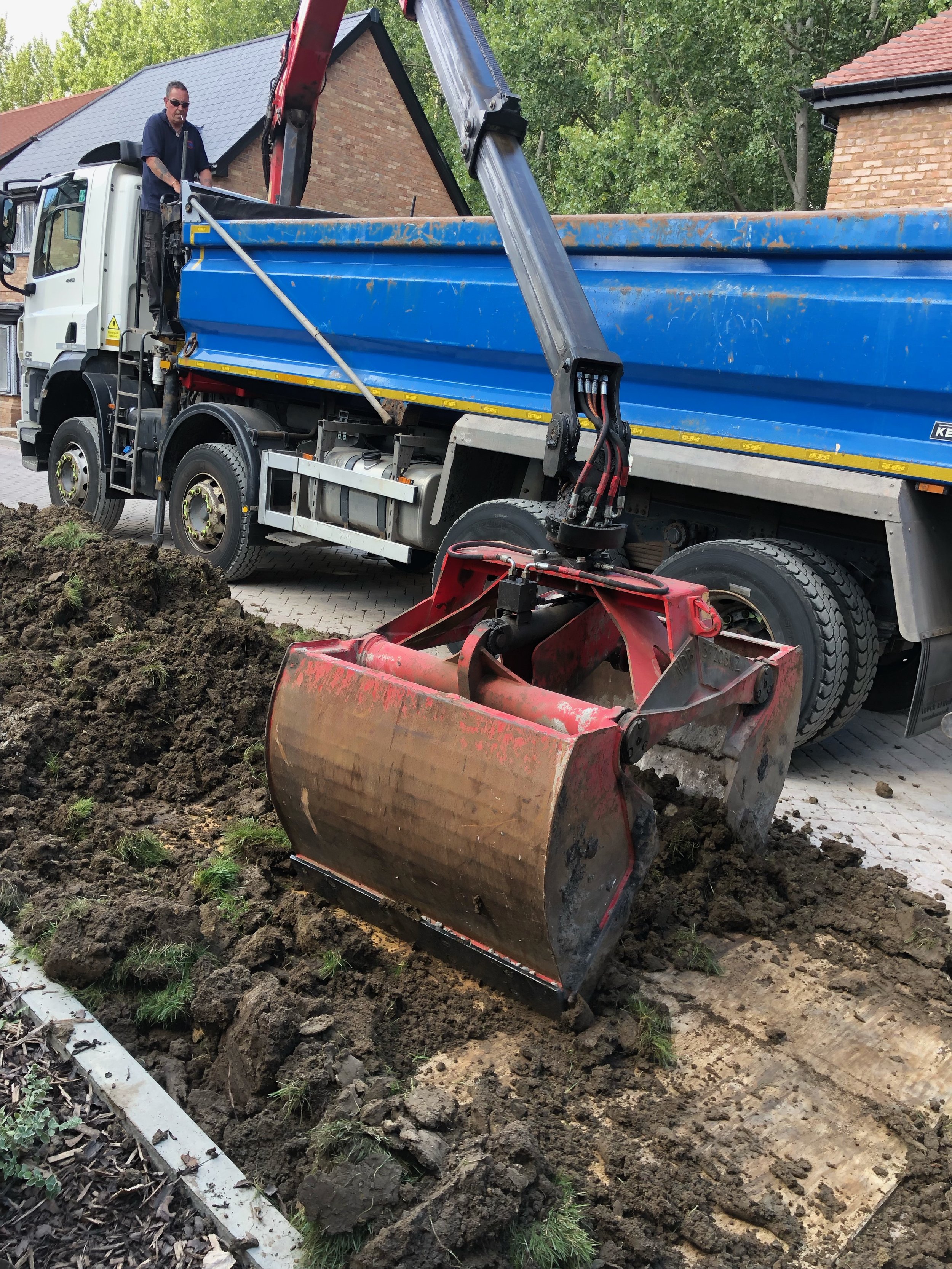
KERNAHANS CONTRACTORs
TACKlING Reinforced Autoclaved Aerated Concrete (RAAC)
Covering Kent, including London, Croydon, Beckenham, Maidstone, Medway, Sittingbourne, Tunbridge Wells, Tonbridge, Sevenoaks and the surrounding areas.
ABOUT RAAC
Unveiling the Hidden Threat: The Challenges of RAAC in UK Public Buildings
Sometimes, the most pressing issues in our built environment are hidden from plain sight. In the UK, one such concern has emerged regarding Reinforced Autoclaved Aerated Concrete (RAAC), which is affecting public buildings like schools, hospitals, and police stations. In this blog, we will delve into what RAAC is, the current issues it presents, the remediation process, including the involvement of structural engineers. Additionally, we'll introduce services aimed at efficiently and effectively removing RAAC and explore roofing solutions, including timber and metal options, to safeguard these critical structures.
Understanding RAAC
Reinforced Autoclaved Aerated Concrete (RAAC) is a building material that gained popularity in the UK during the 1970s and 1980s. RAAC is known for its lightweight and cost-effective properties, making it an attractive choice for construction. However, over time, its hidden vulnerabilities have become apparent.
Current Issues with RAAC
The challenges associated with RAAC primarily result from its susceptibility to environmental factors. RAAC contains reinforcing steel that can corrode when exposed to moisture, leading to structural issues. Some of the key problems associated with RAAC include:
Structural Deterioration: RAAC structures can gradually deteriorate, compromising their integrity and safety over time.
Corrosion of Steel Reinforcements: The presence of moisture can cause steel reinforcements within RAAC to corrode, weakening the overall structure.
Health and Safety Risks: RAAC-related structural problems can pose serious health and safety risks to occupants and require immediate attention.
PROCESS OF REMEDIATION AND HOW WE Can HELP
The Process of Remediation
Remediation of RAAC-affected structures is a complex process that involves several critical steps:
Structural Engineer Assessment: The initial step is to collaborate with a qualified structural engineer who can assess the extent of damage caused by RAAC. This assessment involves a thorough inspection of the building's structural components and identifying the severity of the deterioration.
Risk Mitigation: Following the assessment, the structural engineer will recommend immediate measures to mitigate risks, which may include restricting access to affected areas or shoring up compromised sections.
Removal and Replacement: The most crucial phase of remediation often entails the complete removal of RAAC-infested concrete and the replacement of the entire roof or affected sections, depending on the extent of the damage.
Modern Replacement Materials: During the replacement process, alternative and more durable materials like modern concrete, timber, or metal are used to ensure the long-term stability and safety of the structure.
Roofing Solutions
In the context of RAAC remediation, the choice of roofing materials plays a vital role in ensuring the building's resilience. Here are some examples of roofing solutions:
Modern Concrete: Modern concrete roofing solutions are designed to be highly durable and resistant to environmental factors. They can provide excellent longevity and require minimal maintenance, making them a suitable choice for RAAC-remediated structures.
Timber Roofing: Timber roofing offers a natural and aesthetically pleasing option. Timber roofs are not only environmentally friendly but can also be treated to enhance their resistance to moisture and pests, addressing some of the challenges posed by RAAC.
Metal Roofing: Metal roofs, such as those made from materials like steel or aluminum, are known for their durability and resistance to corrosion. Metal roofing can be an excellent choice for RAAC-remediated buildings, providing long-term protection.
Our Remediation Services
At Kernahans Contractors, we specialise in addressing the RAAC challenge in public buildings throughout Kent & London. Our comprehensive services include:
Collaboration with Structural Engineers: We maintain close partnerships with experienced structural engineers to conduct thorough assessments and develop customized remediation plans.
Safe and Efficient RAAC Removal: Our highly skilled team employs state-of-the-art techniques to safely remove RAAC-infested concrete, minimizing disruption to building occupants.
Quality Roof Replacement: We offer top-tier roofing replacement services, utilizing modern, resilient materials that adhere to or exceed industry standards.
Cost-Efficiency: We understand the financial constraints faced by public institutions and are committed to providing cost-effective, sustainable solutions.
Conclusion
Reinforced Autoclaved Aerated Concrete (RAAC) represents a hidden threat that has quietly affected numerous public buildings in the UK. The remediation process, which includes structural engineers and roof replacement, is a vital step toward ensuring the safety and longevity of these structures. When choosing roofing solutions for RAAC-remediated buildings, options like modern concrete, timber, or metal can provide the necessary durability and protection. If you suspect RAAC-related issues in your building, don't hesitate to contact [Your Company Name]. Together, we can protect our public spaces and secure a safer future for all.
Our Services










